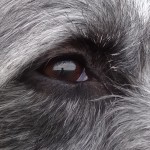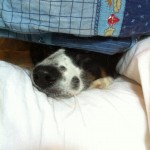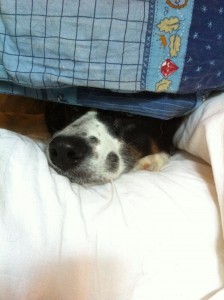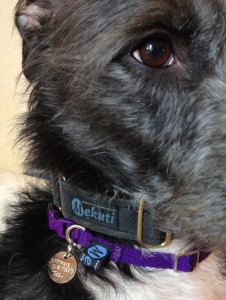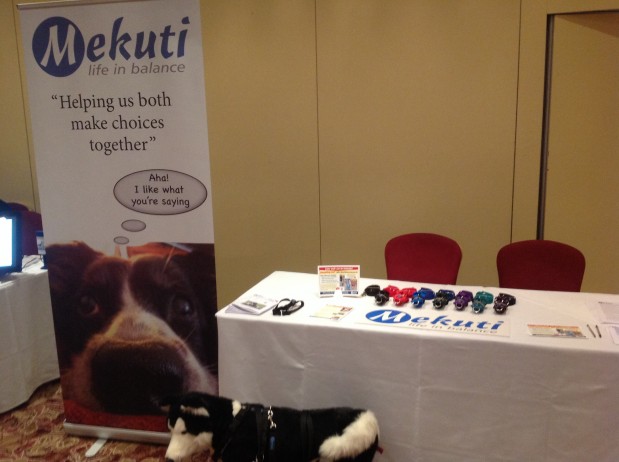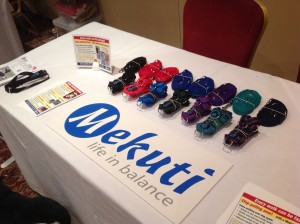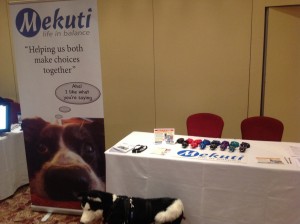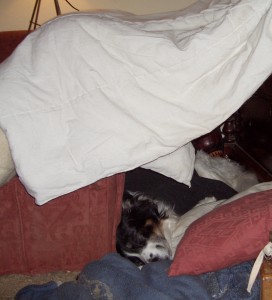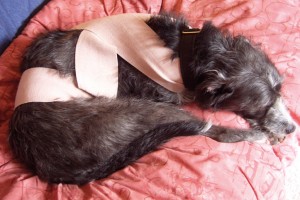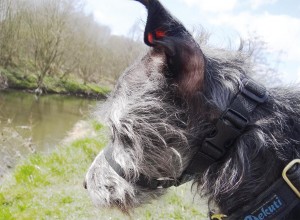 Who’s watching who?
Who’s watching who?
Eye contact is a very human thing; we seek it out to help us “read” the other person, they are, after all, the windows of the soul. Are they happy, sad, telling the truth, needing reassurance? The animals in our home become pseudo-humans and eye-contact becomes the norm. Dogs get used to it.
Or do they?
Most of the time, yes, they do, and the majority are completely comfortable with it. However, and this is a major point, there are times when eye-contact is just plain inappropriate. Instead of reassuring them, we will add to their anxiety and help to confirm that there is something to be scared about.
How does this work?
Every day our dogs check in on us to see what response from them is called for. If they see us carry on on with our daily business (I.e paying no heed to the stimulus) and also paying the dog no heed, then the dog assumes there’s no big deal and they carry on with whatever they were doing (sleeping, looking out of the window, chewing the table-leg, etc.).
Some dog trainers and behaviourists have interpreted this process and drawn the conclusion that the dog needs to be ignored. I completely and utterly disagree with this conclusion. Have you ever been ignored, and felt frustration and rejection? Its unpleasant. Why be unpleasant to your dog, especially at this time of year when anxiety levels are potentially rising?
The process of using eye-contact applied to firework fears is this –
- **BANG**
- Dog looks to the person and seeks eye-contact (the question being asked is, that big noise there, sounded scary. How are you reacting? Are you scared too?)
The choice for the person now is :
Either – look at the dog (this gives the dog the message – that big noise there, sounded scary. How are you reacting? Are you scared too? I.e what are YOU going to do about that big scary noise out there?
= PRESSURE ON THE DOG TO MAKE A DECISION
Or – look away from the dog (giving the message, nope, didn’t hear anything that bothered me. Everything is completely right with the world)
= DECISION MADE. NO STRESS. STAND DOWN.
When my Meg was a tiny pup (I think she was about 9 or 10 weeks old), I was asleep on the sofa with her one night and there was a huge thunderstorm. Having had a dog who was terrified of thunder and fireworks, I was determined to avoid this from a very early age, so when I felt her head lift up I knew what I had to do.
I looked away from her.
That’s all I did. I just looked away.
I could feel her looking at my face for a moment longer, then her head returned to my chest and she was snoring gently moments later.
**BANG**. Problem? No problem.
If this is your dog or puppy’s firework’s season, it’s a great foundation to build for them.
Just look away. Avoid eye contact.
If you know you have a sound sensitive dog, throughout the fireworks season, each time your dog seeks your eyes, just look away. Turn your eyes, and your head away. If they continue to look at your face, then turn your eyes and head in the opposite direction.
Instruct anyone in house (whether resident or visiting) to avoid eye contact with your animals. It’s far better phrased as something to do (after all, if I ask to not to think about Elvis up a tree in a Superman outfit strumming a purple cat, what are you thinking about?) as opposed to not do.
NOTE – many of our dogs seek eye contact for other reasons too, often to say “I love you” or “where’s my dinner?”. It needs to be in context. If there’s stuff going on “out there” that could be perceived as a cause for anxiety, then look away. If it’s feeding time, or your hound is feeling like sharing the lurv, then you choose. My advice to anyone with a particularly anxious dog is to just go for no eye-contact until the season is over – just in case.
The second, and very important part of this process is –
BREATHE – GODDAMIT, BREATHE!
When our companions are struggling we feel for them, and so desperately want them to cope and feel calm again. In this process WE get tense and forget to breathe, or our breathing gets very shallow. Guess what? Our dogs pick up on this and adds to their anxiety, which makes us more tense and so on.
- Break the cycle and BREATHE.
HOMEWORK
Practice this – every time your dog looks at you or you look at your dog’s face, look away from their eyes. Really turn your head to one side, then turn to the other, and see how they respond.
While you are turning your head away, exhale through your mouth. Make it so your dog can hear you exhale.
Each time you turn away, exhale.
Simple as that – turn away and exhale. Breathe.
When the fireworks start this evening, and you feel your dog looking to you, you’ll know exactly what to do.
AVOID EYE CONTACT, TURN YOUR EYES AND HEAD AWAY TO ONE SIDE. EXHALE. BREATHE.
You can continue your conversation, you can talk to the dog, you can be singing along to X-Factor, or doing a tango around the living room
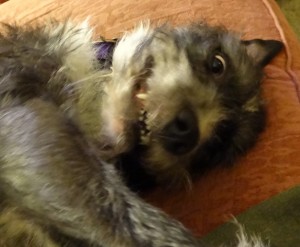
Mutley says, have fun this evening!
to Strictly. Life continues. Everyone is safe.
Enjoy yourselves!
Rachael
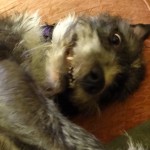 Rachael demonstrates how some very easy TTouch moves can help both our dogs and ourselves re-balance towards calmness.
Rachael demonstrates how some very easy TTouch moves can help both our dogs and ourselves re-balance towards calmness.


